The House of the Original “Keeping Up with the Joneses”
The grand mansion has lost her shine.
One of the longest running reality TV shows was Keeping Up with the Kardashians which ran for 20 seasons over 14 years and spawned 14 spin-off series. But, the phrase is much older than the show. The original phrase is “keeping up with the Joneses” and has been a popular phrase since the 1950s when prosperity, suburban housing, and a culture of consumerism meant that many families simply had to have the next big thing, be that a barbecue grill, a new car, or the best record player in order to keep up with the neighbors. But, the phrase goes back to a century even before that, to a pre-Civil War socialite whose once-magnificent castle now lies in ruins.
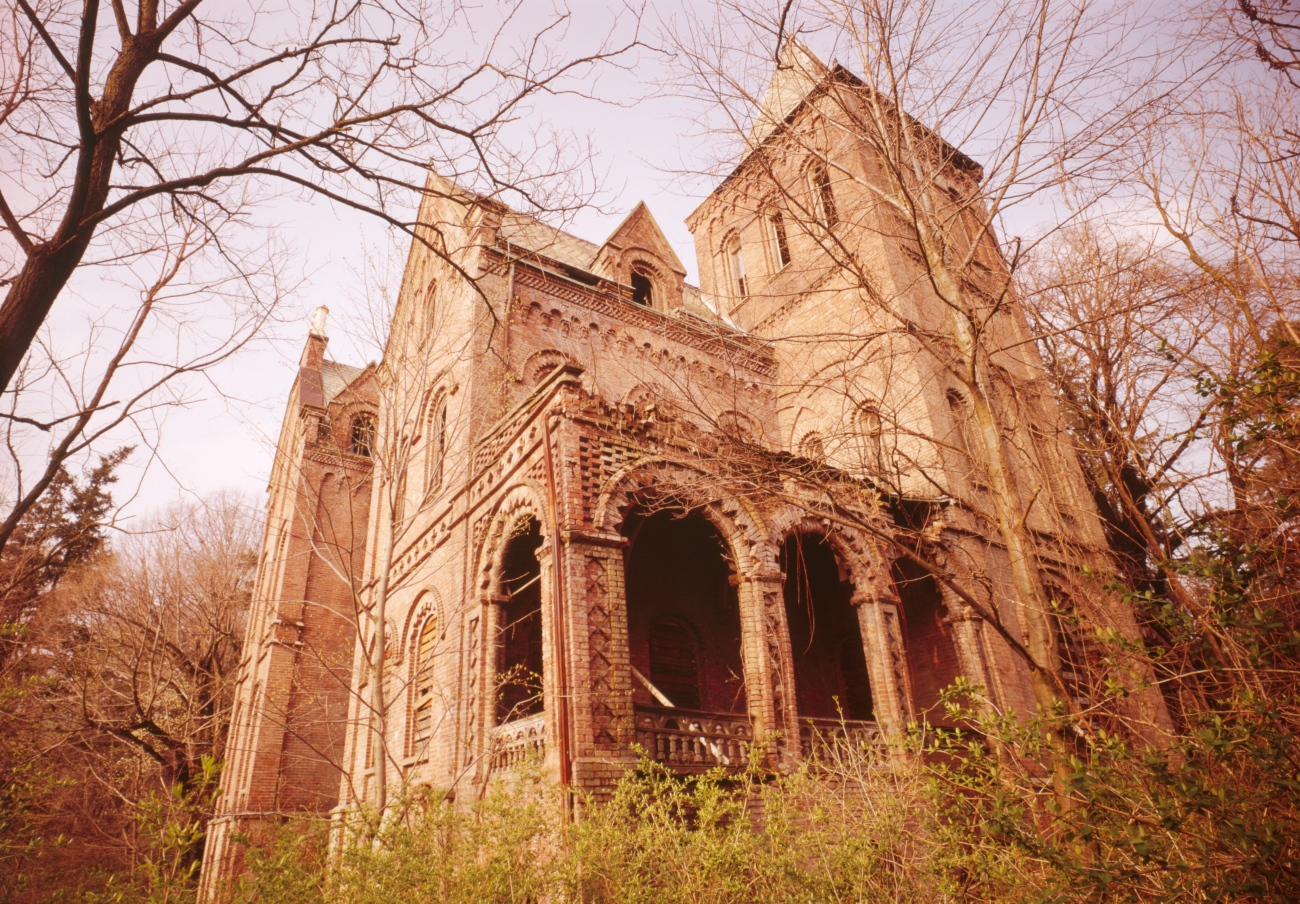
Elizabeth Schermerhorn Jones was born in 1810 and never had children. But, the immense wealth she inherited was used to construct a 3-story Gothic-style house near the town of Rhinebeck on the Hudson River in New York in 1853. She was part of the New York City social scene and a cousin to the Astors, a trend setting family who determined who was “in” and who was “out”.
Jones’ move the get some fresh air in the country in an as-yet undeveloped area was a novel idea, but soon others came in droves from the city to calm their nerves and take in the many spas in the area. Soon there were lots of estates in the region, each vying for a view of the river and a stately presentation to visitors.
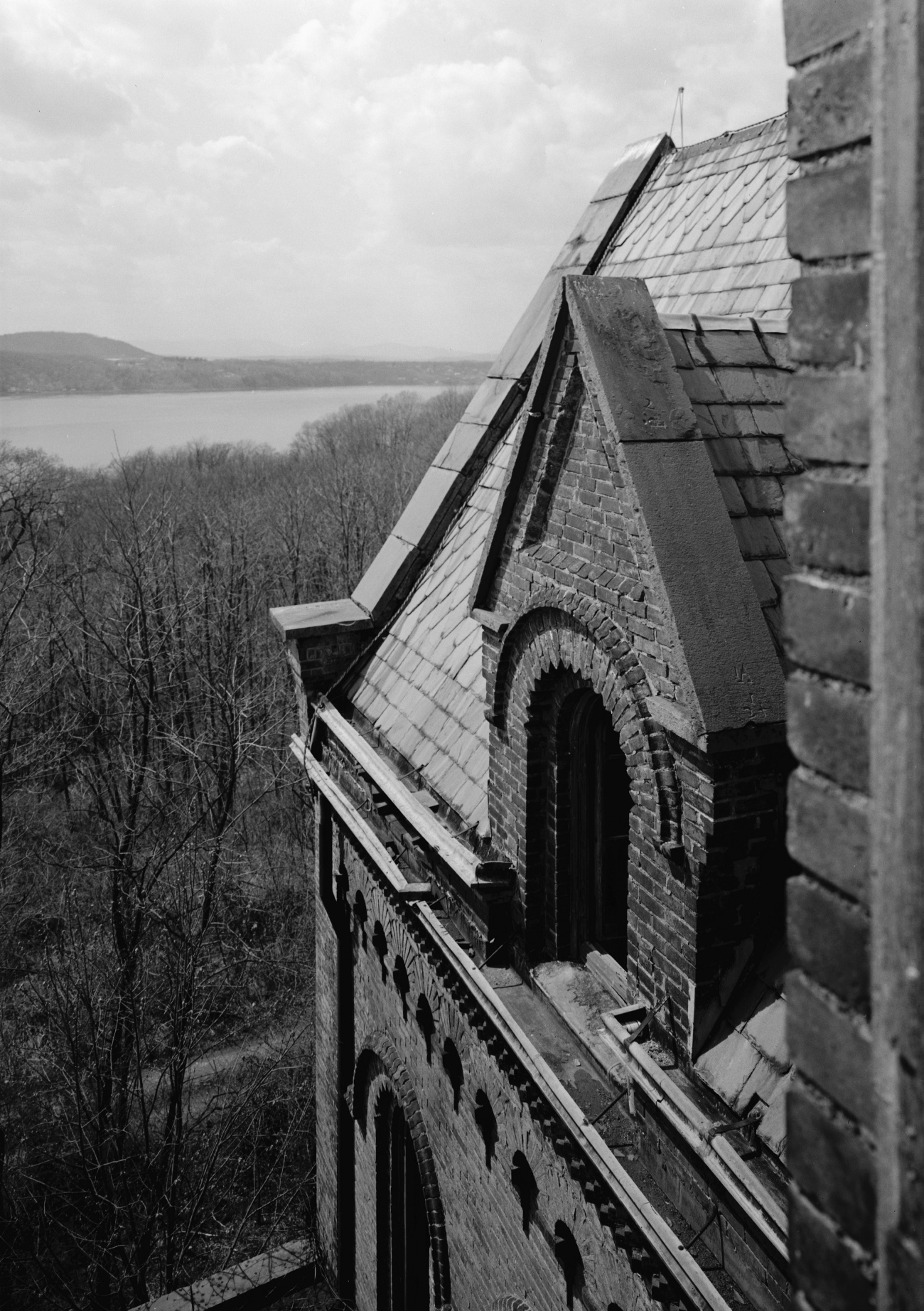
Built before the Civil War began and even before the Gilded Age itself, the home was host to a number of parties in a style that high society relished- lavish balls held late into the night, each person in the finest clothing money could buy.
“The Gilded Age” is a term first employed by Mark Twain to critique the unprecedented gains of the already-wealthy thanks to industrialization and new technologies like the railroad. This period of unfettered wealth for the upper class “ended” just before the First World War with the creation of income tax in 1913, a concept unfelt by the heirs and heiresses of Jones’ time. This wealth was used to great effect in these big homes, with a collection of details both inside and out that often rivaled the great houses of Europe.
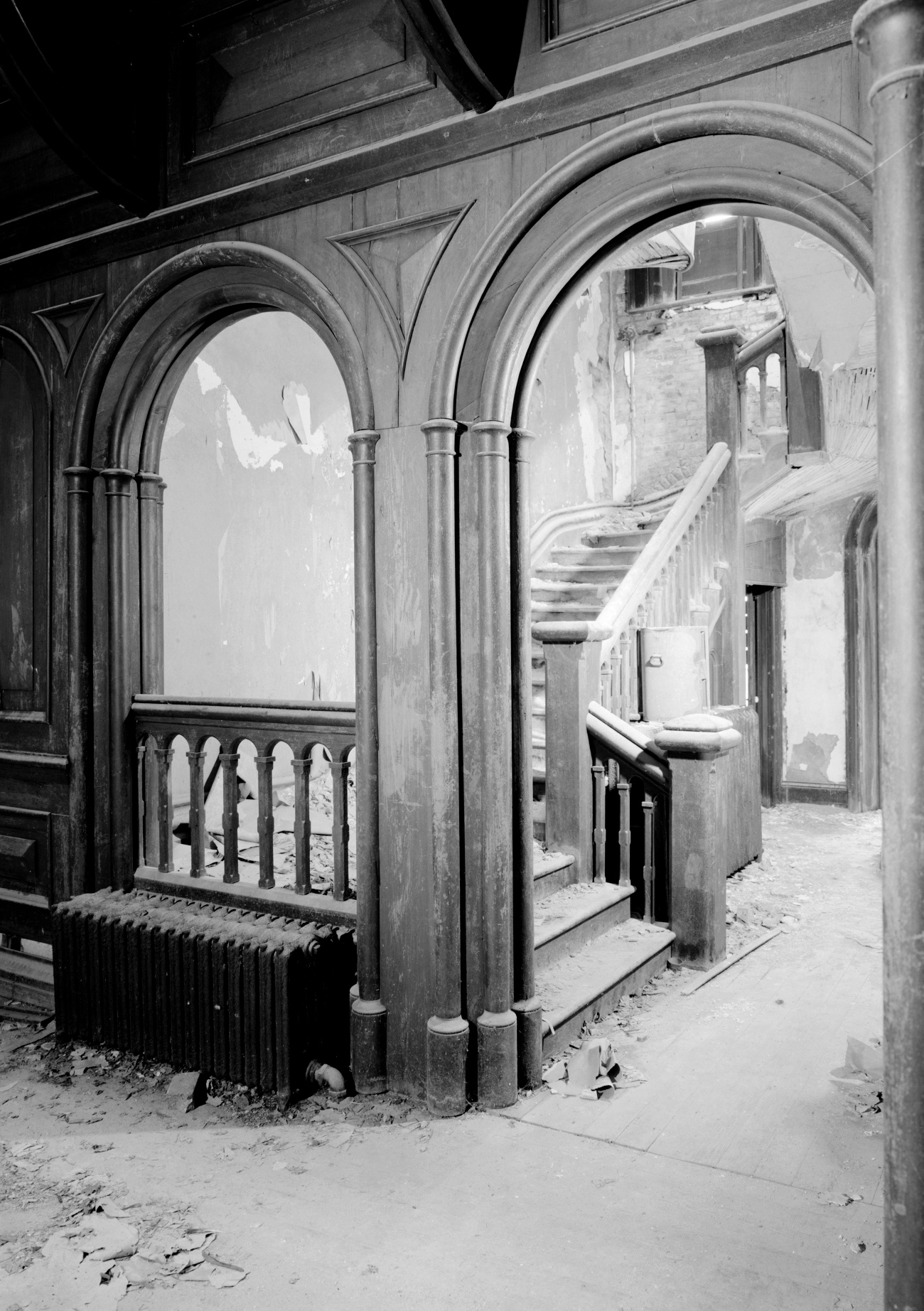
It was during this era that the phrase “keeping up with the Joneses” originated and it’s thought that Elizabeth’s and her family’s grand homes were the reason for the saying. Indeed her fabulous mansion inspired many others of her social group to build vacation homes there in order to not appear to be falling behind in their displays of wealth.
Jones’ mansion was known as Wyndcliffe (sometimes spelled Wyndclyffe) and contained such marvels as a Tiffany stained glass skylight and a number of brick and stone archways. The mansion was designed by architect George Veitch and according to the Library of Congress it was created in the Norman style, a reference to the stone churches and manors that so were popular in the Middle Ages in France and cross Europe. In turn this medieval style was inspired by the Roman arches that were prevalent during the Roman Empire.
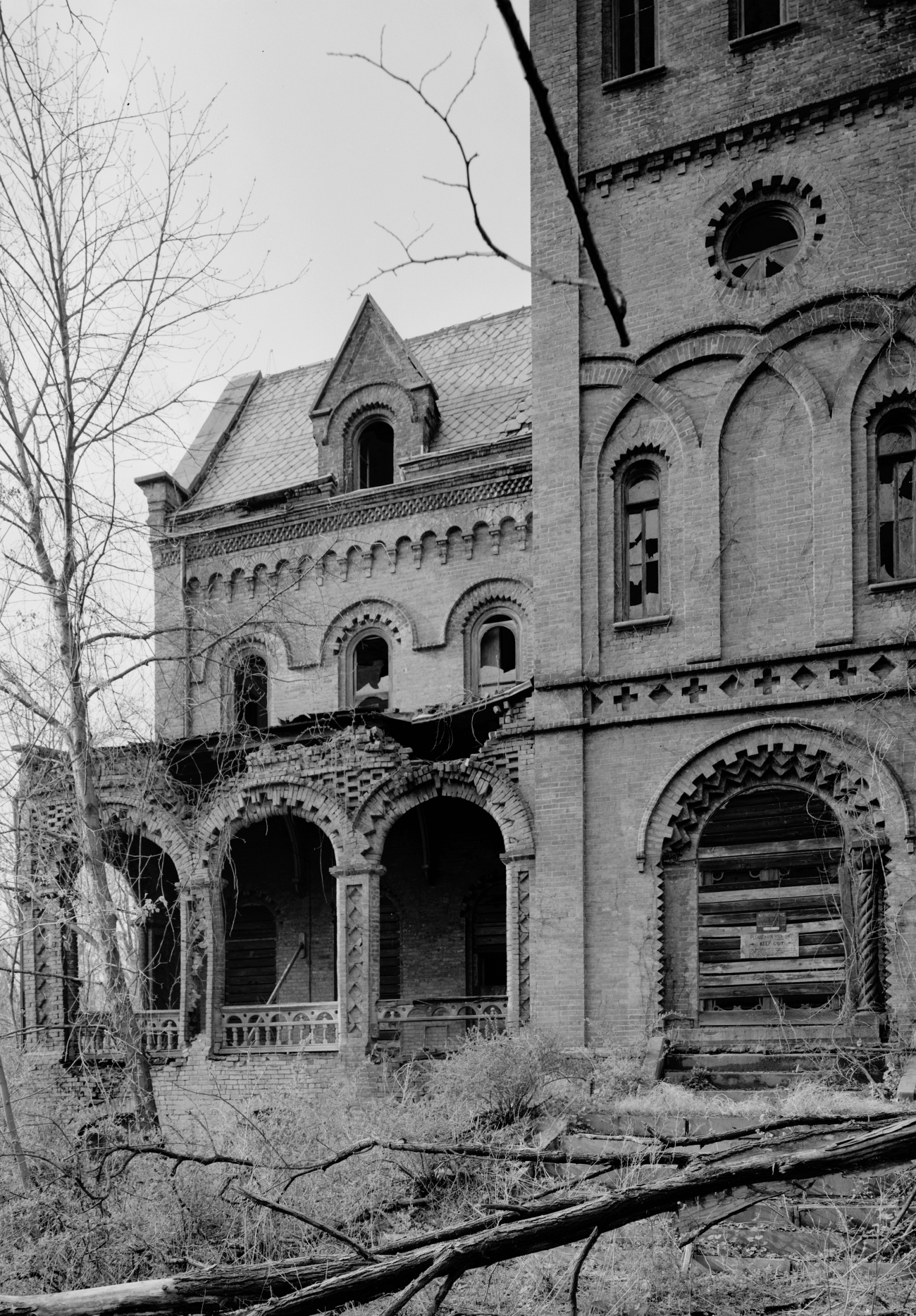
The theme of archways continued to the interior of the mansion as well, with many of the 24 rooms featuring wooden doors and paneling shaped in arches.
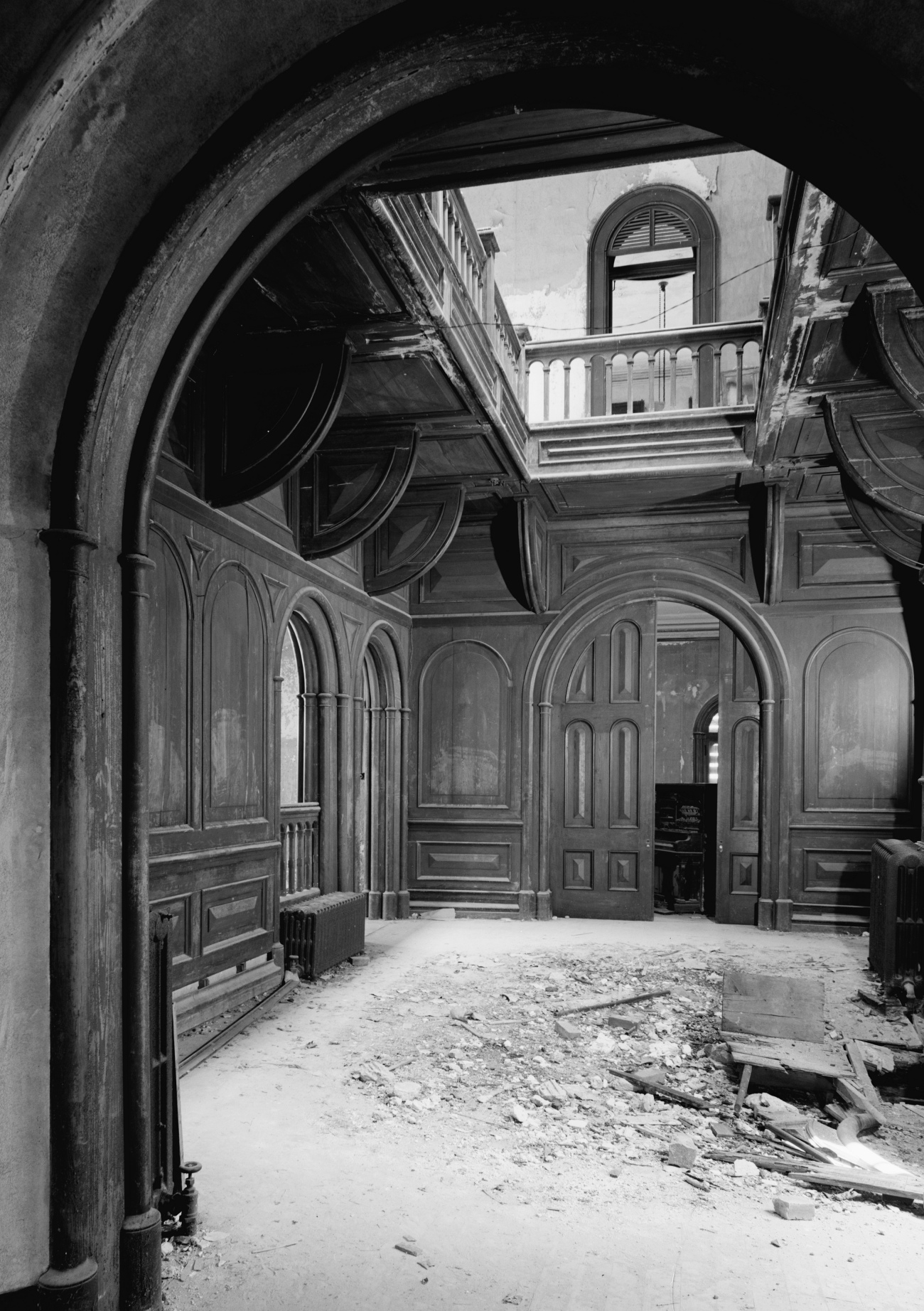
But, to many the house looked like an imposing Gothic fortress, as it did to author Edith Wharton, Jones’ niece and the writer of The Age of Innocence, The House of Mirth, and Ethan Frome. Wharton described her aunt’s house as “an expensive but dour specimen of the Hudson River Gothic” that was scary and ugly to her.
Jones died in 1876 and left the house to her nephew, Edward Jones, who then sold the house in 1886. It was a grand home for a few more decades before falling victim to the belt-tightening of the Great Depression. Already in disrepair and with much of its original 80 acres already sold off, Wyndcliffe sold in 1934 for a mere $1,800. For comparison when it had sold to the Finck family in 1886 the purchase price was $25,000.
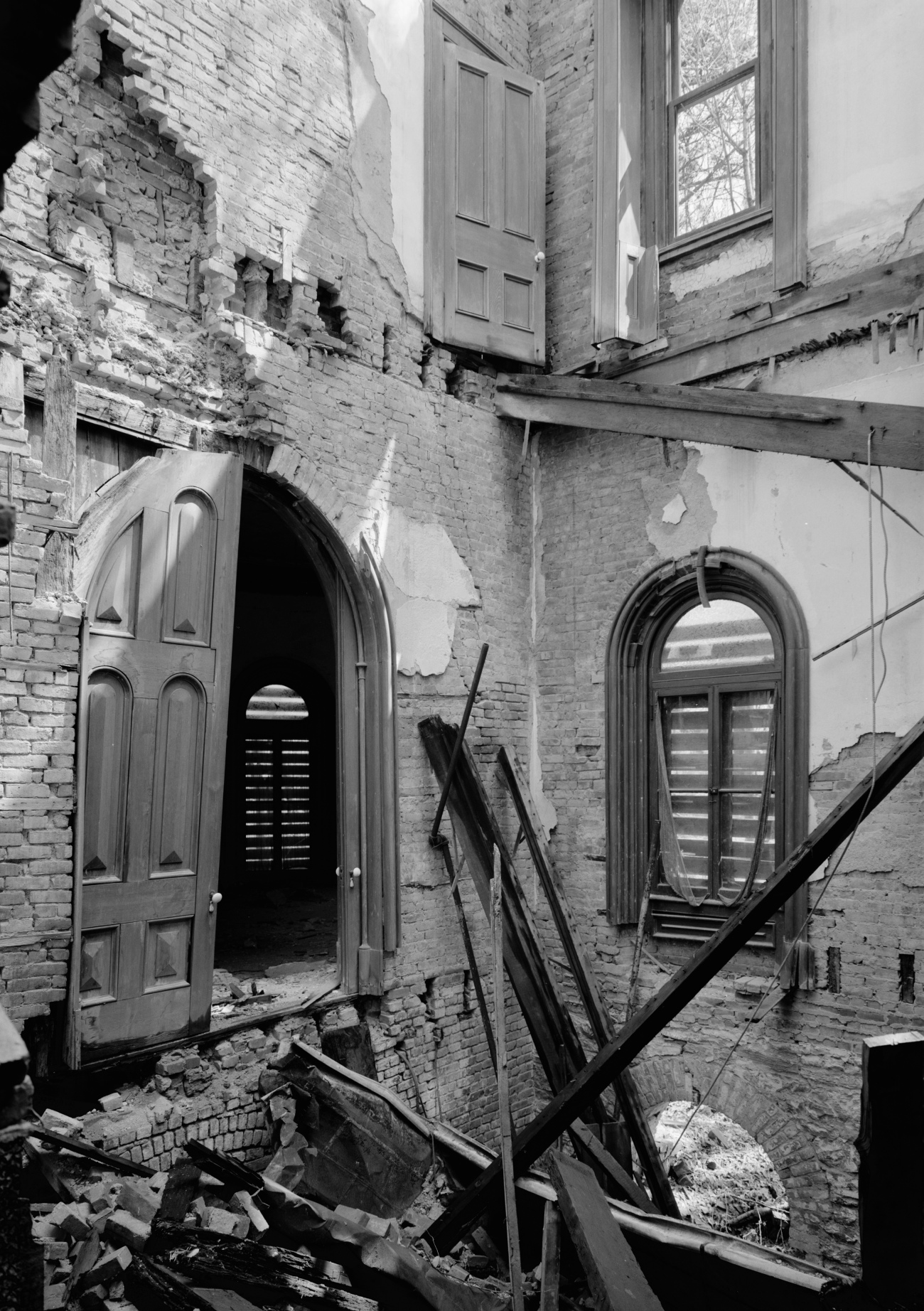
By the 1950s the mansion was completely abandoned despite being added to the National Register of Historic Places and since then has only gotten more unstable with each passing year. For a long time it had a new owner very 10 years or so, each of which failed to restore the crumbling building. It went on the market again in 2016 and sold for only $120,000. But, sadly, in the spring of 2017 an application for “Certificate of Removal or Demolition” was filed for the property.
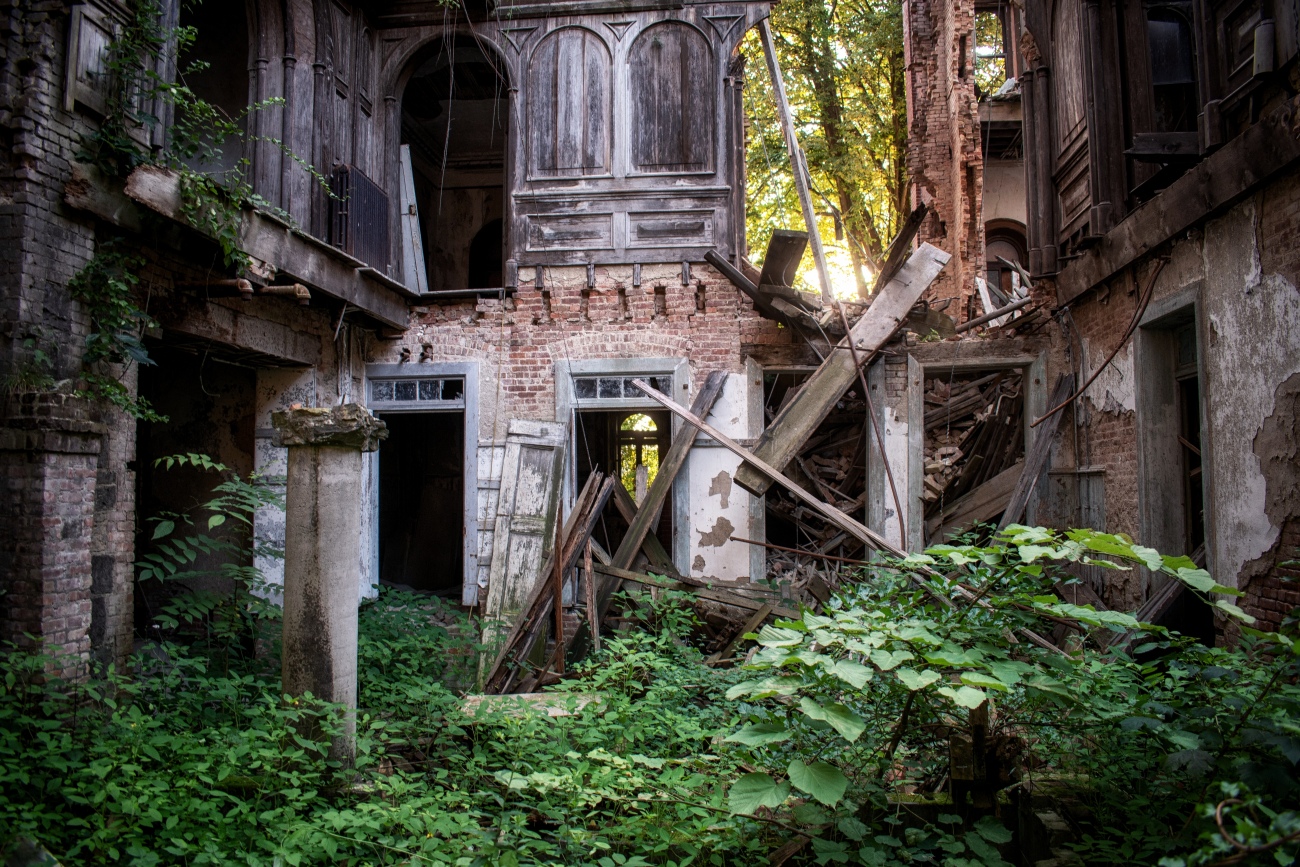
It looks like keeping up with the Joneses just isn’t feasible when it comes to these old homes. Heck, even being the Joneses now has a completely different meaning. It seems no more midnight parties with swelling violins will be held at this once-stately mansion. However, drone footage from 2021 shows it still standing, although in worse condition than ever and possibly unsalvageable at any cost.
You can see the footage for yourself in the video below.
SKM: below-content placeholderWhizzco for DOT

